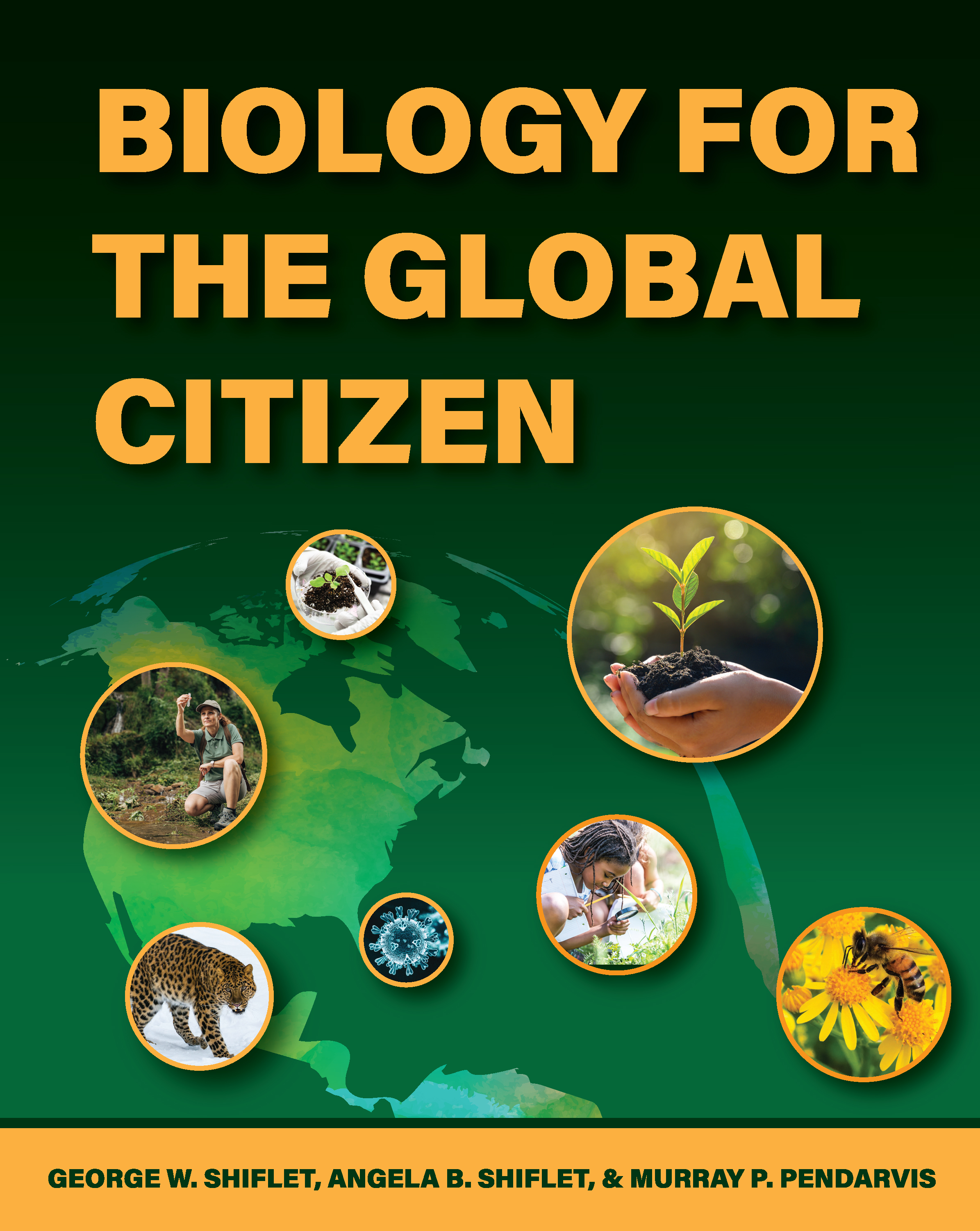in Science

|
What's News in Science 
|
Climate Models
by Angela Shiflet
|
How can scientists analyze the impact of human activity on extreme weather events? Climate models! Running such a computer simulation of weather over time repeatedly (say, 1000 times), they average the results. Moreover, they execute the same simulation eliminating greenhouse gas emissions by humans. (Figure 1 shows increases of CO2, one of the greenhouse gasses, by several human-induced causes since the early 1800’s.) Then, they compare the results. One such attribution study found the 2023 extreme heat waves in US/Mexico and Southern Europe would have been virtually impossible without humans burning fossil fuel; but now, such events are expected every 15 or 10 years, respectively (Kim 2023). More alarmingly, unless we change our ways, we can expect such extreme heatwaves to occur every 2-5 years by the mid-2030s (WWA 2023).
Figure 1. Annual carbon dioxide (CO₂) emissions from different fuel types (coal, oil, gas, cement, flaring), measured in tonnes per year (ourworldindata.org 2018)
Copyright © by ourworldindata.org at https://commons.wikimedia.org/wiki/File:Co2-emissions-by-fuel-line1800-2018.svg.
Besides heatwaves, extreme weather events include other disasters, such as heavy rains, droughts, hurricanes, fires, etc. Based on data from The Intergovernmental Panel on Climate Change (IPCC) and developed by computational models, Figure 2 shows bar charts of how much more frequently some extreme weather events are to occur than in the pre-industrial era, without human-generated greenhouse emissions, at various degrees of global warming. Look at the next to the bottom chart, labeled “10-year heat waves.” “Frequency and increase in intensity of extreme temperature event that occurred once in 10 years on average in a climate without human influence” is about 2.8 times more likely (just under the 3x vertical line) to occur with a global temperature 1°C greater than in 1850 (pre-industrial times). The average temperature of the earth has already exceeded this amount! The U.N. Paris Agreement, which is a legally binding international treaty on climate change, agrees to limit greenhouse gas emissions, with such emissions peaking before 2025 at the latest and declining 43% by 2030, to limit global warming by +1.5°C-over pre-industrial times (Paris Agreement 2015). Even with such a decrease, extreme heatwaves would be 5-times more likely to occur than before 1850. Also notice, if the temperature continues to rise, to +4°C-over pre-industrial times, such extreme heatwaves would be more than 10x likely to occur than the early 1800’s (Figure 2). Immediate concerted efforts are required now!
Figure 2. Bar chart showing frequency of extreme weather for different degrees of global warming, based on data from IPCC AR6 WG1 SPM (RCraig09 2021)
Copyright © by RCraig09 at https://commons.wikimedia.org/wiki/File:20211109_Frequency_of_extreme_weather_for_different_degrees_of_global_warming_-_bar_chart_IPCC_AR6_WG1_SPM.svg.
Kim, Meeri. 2023. “How scientists test whether humans are causing our extreme weather,” The Washington Post, September 11, 2023. https://www.washingtonpost.com/science/2023/09/11/extreme-weather-human-causes-science/
The Paris Agreement. 2015.
WWA (World Weather Attribution). 2023. “Extreme heat in North America, Europe and China in July 2023 made much more likely by climate change.” 25 July, 2023. https://www.worldweatherattribution.org/extreme-heat-in-north-america-europe-and-china-in-july-2023-made-much-more-likely-by-climate-change/